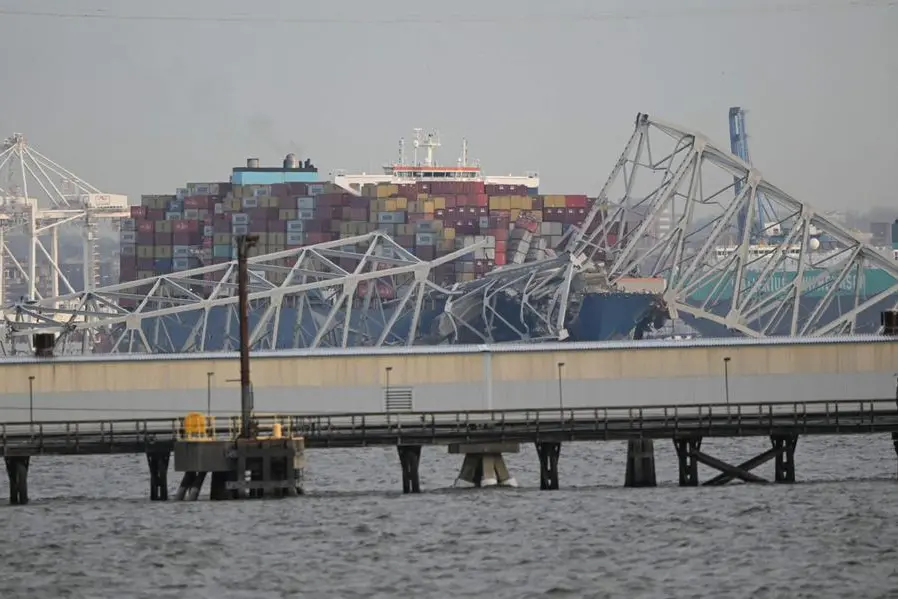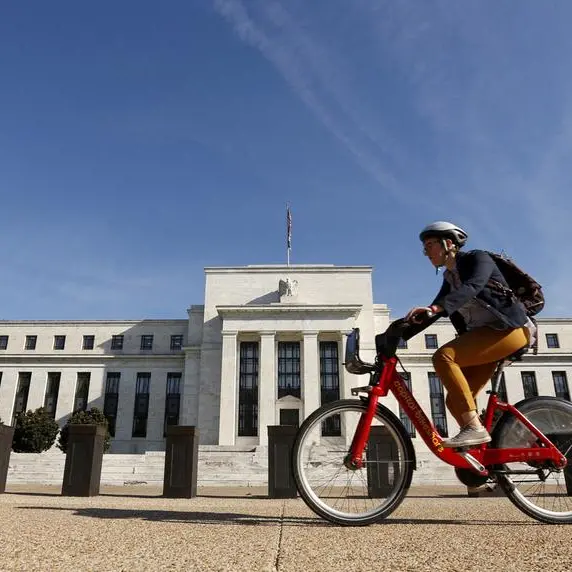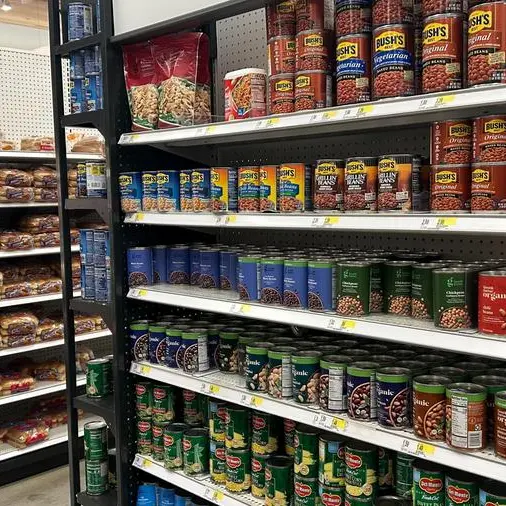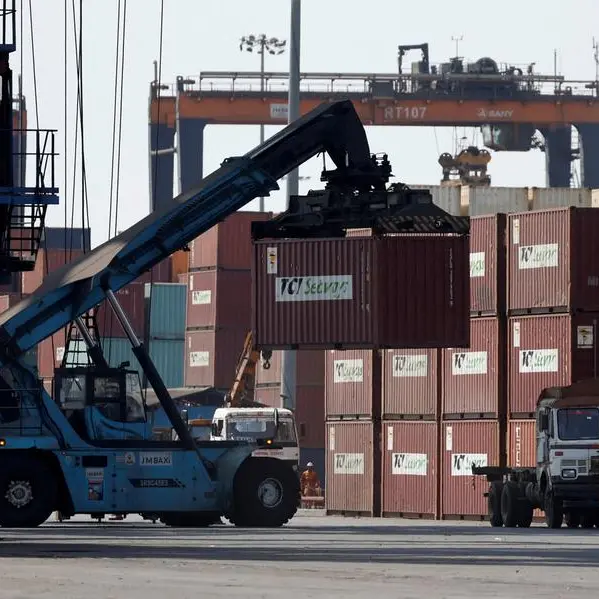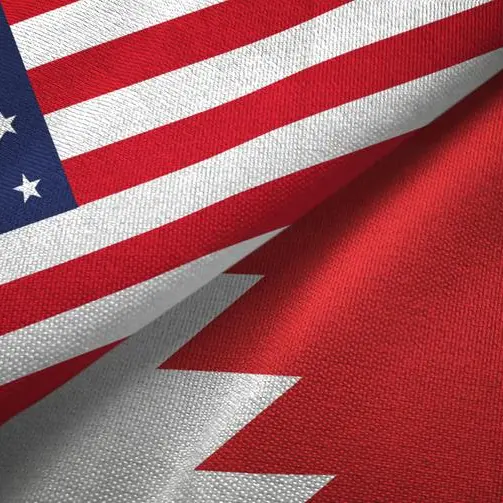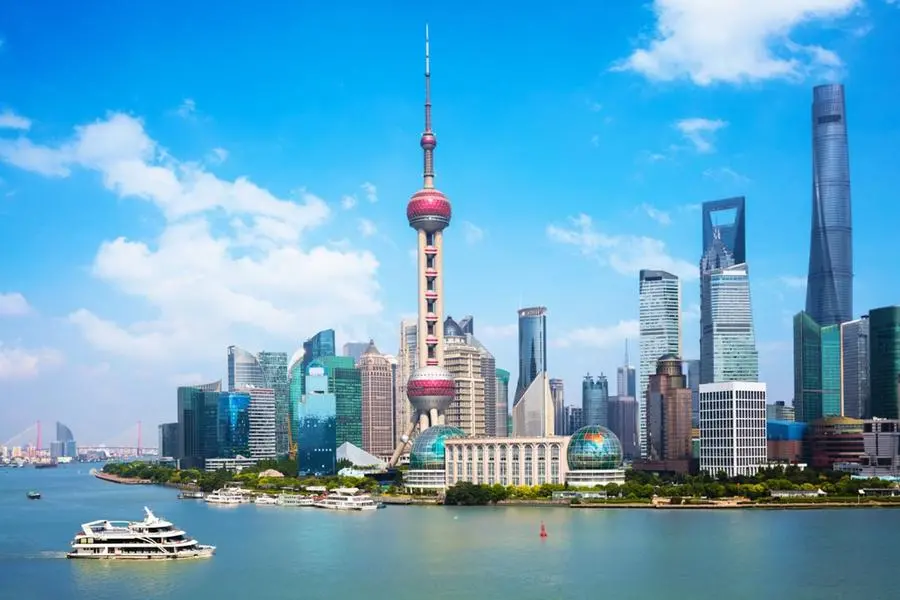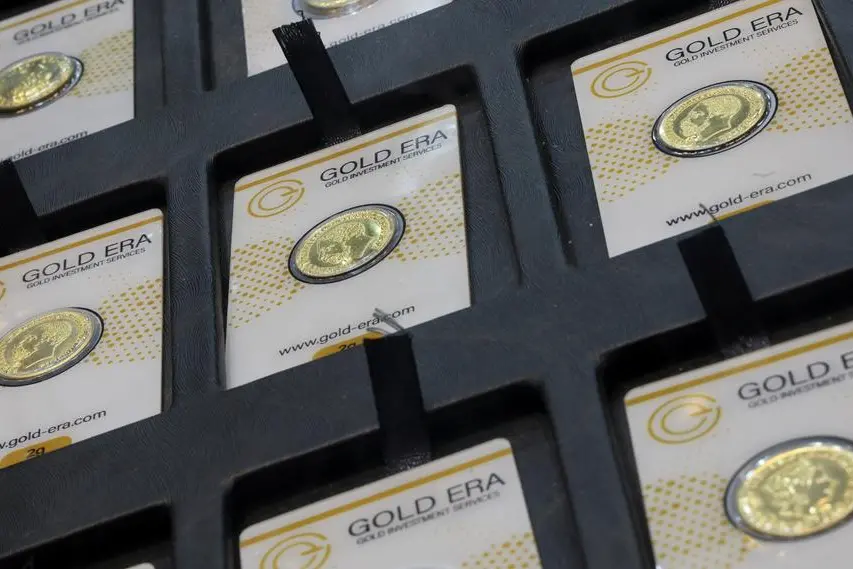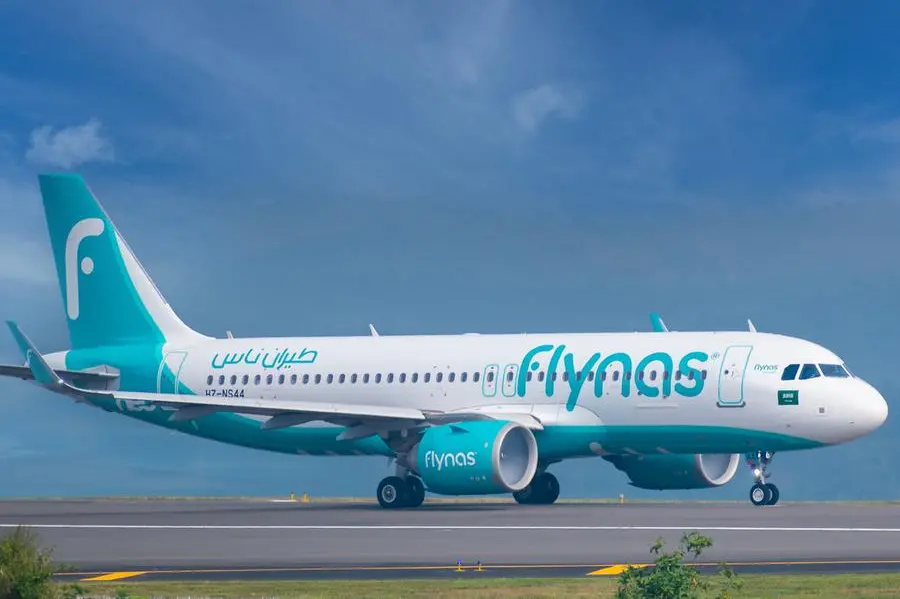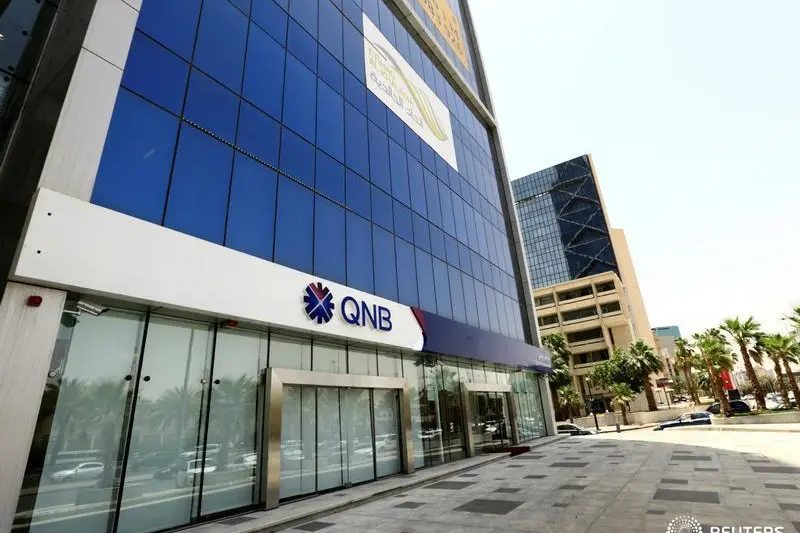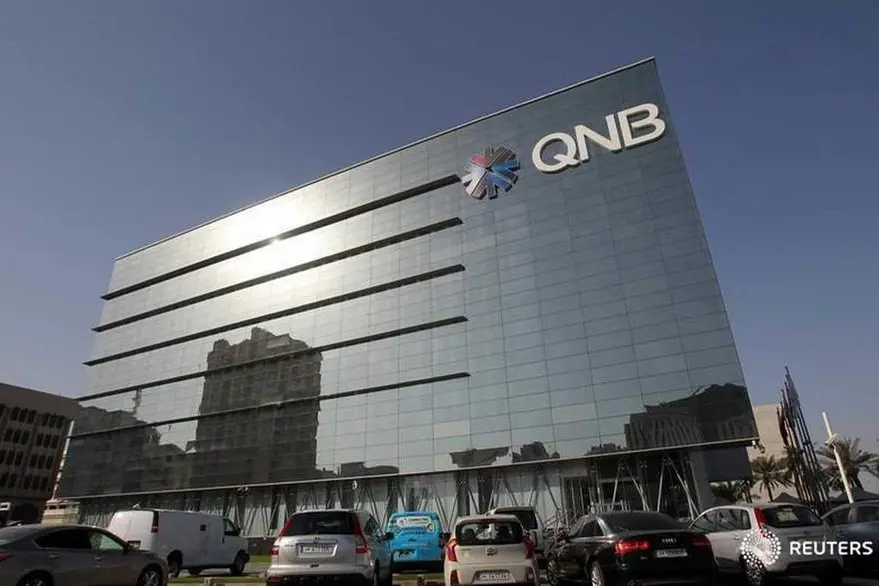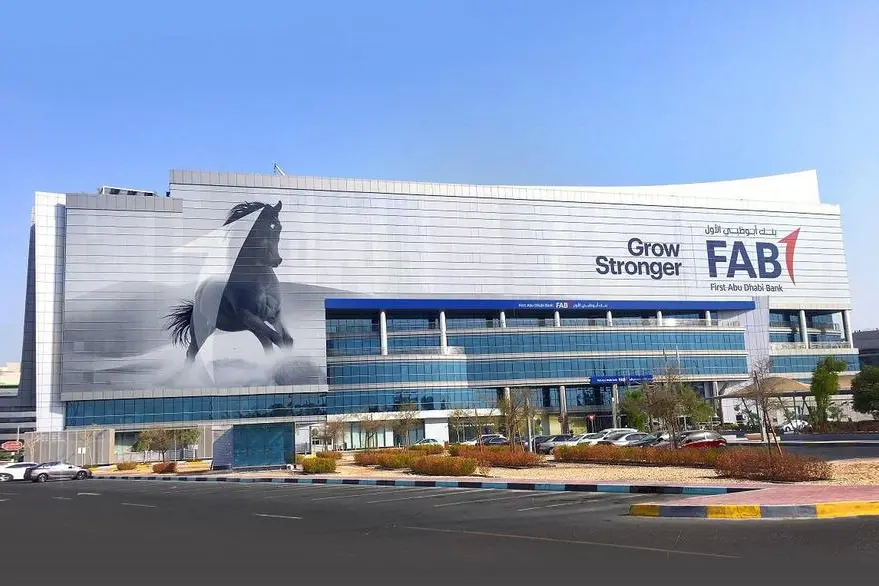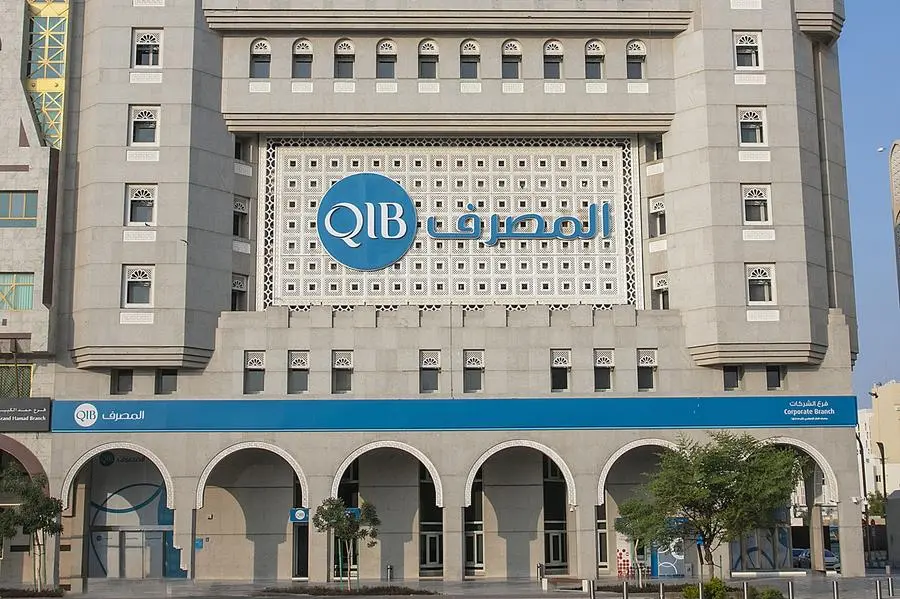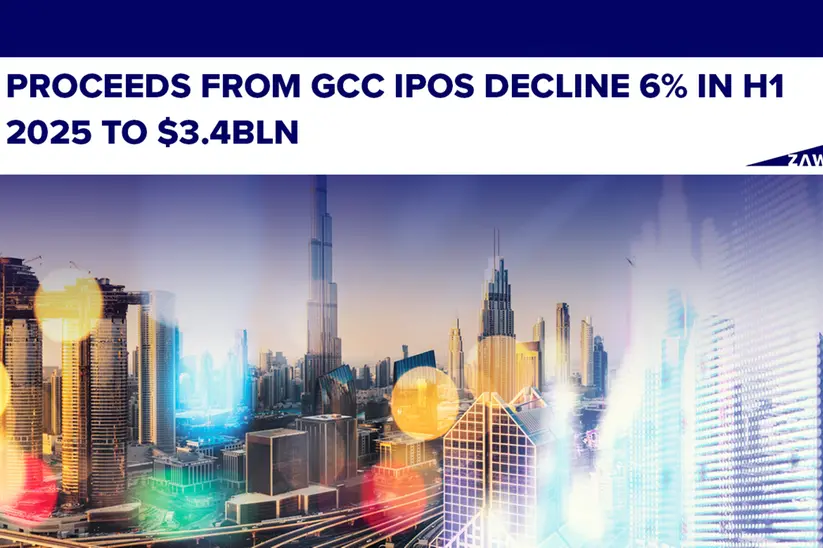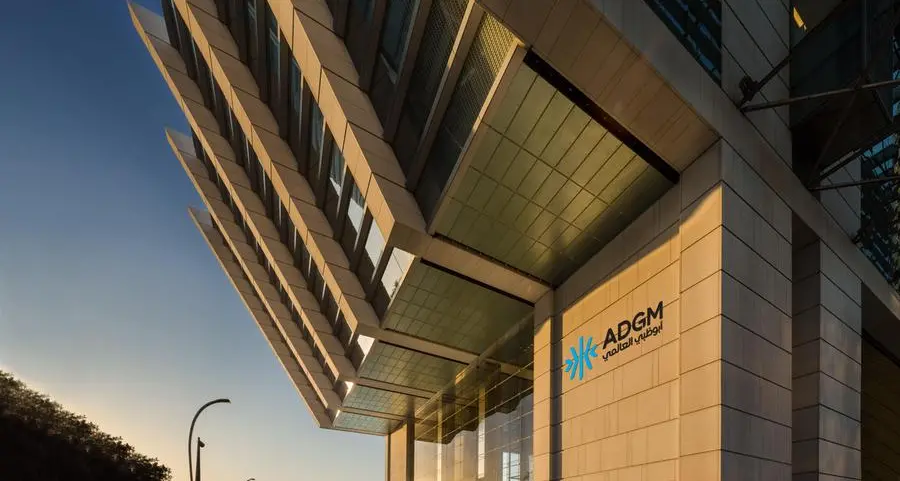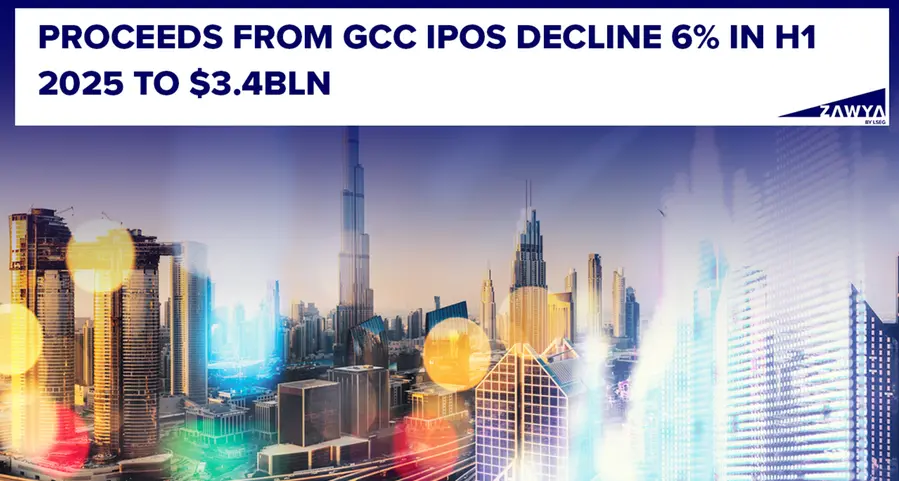PHOTO
The steel frame of the Francis Scott Key Bridge sits on top of a container ship after the bridge collapsed in Baltimore, Maryland, on March 26, 2024. The bridge collapsed after being struck by a container ship, sending multiple vehicles and up to 20 people plunging into the harbor below. "Unfortunately, we understand that there were up to 20 individuals who may be in the Patapsco River right now as well as multiple vehicles," Kevin Cartwright of the Baltimore Fire Department told CNN. Ship monitoring website MarineTraffic showed a Singapore-flagged container ship called the Dali stopped under the bridge. (Photo by Mandel NGAN / AFP)
The Dali container ship that caused the collapse of a key bridge in Baltimore is recently built and flies under Singapore's flag.
It was constructed by the Korean Hyundai shipyard in 2015 and is 300 metres long (985 feet), 48 metres wide and 24.8 metres tall, with gross tonnage of 95,000 tonnes, making it an average-sized container ship.
It had left Baltimore port at 1 am local time Tuesday for a roughly month-long voyage to Colombo in Sri Lanka, according to the site Marine Traffic. It hit the bridge at 1:28 am.
The ship belongs to Singapore-based Grace Ocean Pte Ltd, which is owned by a Hong Kong group, and was carrying containers on behalf of Danish shipping giant Maersk.
Synergy Marine, the Singapore company that operates the Dali, said it was being controlled by two Baltimore port pilots at the time of the collision.
There were 22 crew members on board, according to the port of Singapore, and none were injured, according to Synergy, which also says no leaking has been detected.
The Dali frequently links Asian ports with the East Coast of the United States, and passed through the Panama Canal on March 13 before stopping at New York, Norfolk and finally Baltimore.
In 2016, soon after commissioning, the Dali accidently hit a dock in the Belgian port of Antwerp, according to the sites Vessel Finder and Shipwrecklog.
It can hold up to 8,344 cubic metres (2.2 million gallons) of fuel, according to Marine Traffic. It is insured by UK-based Britannia.
